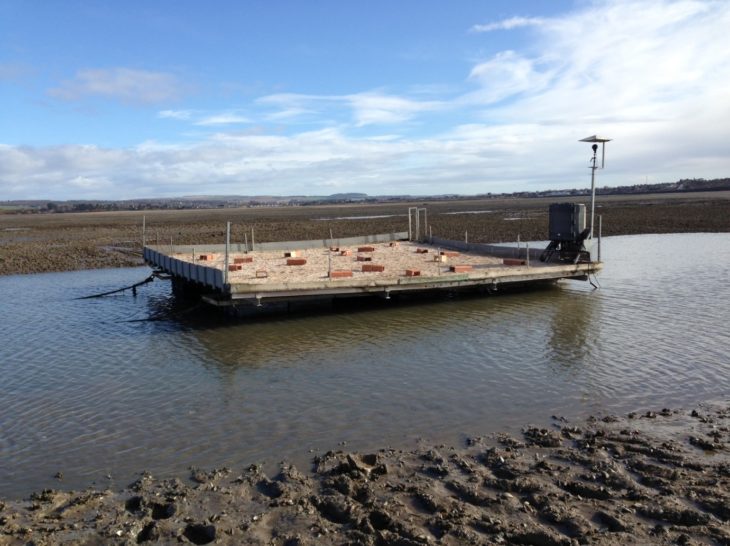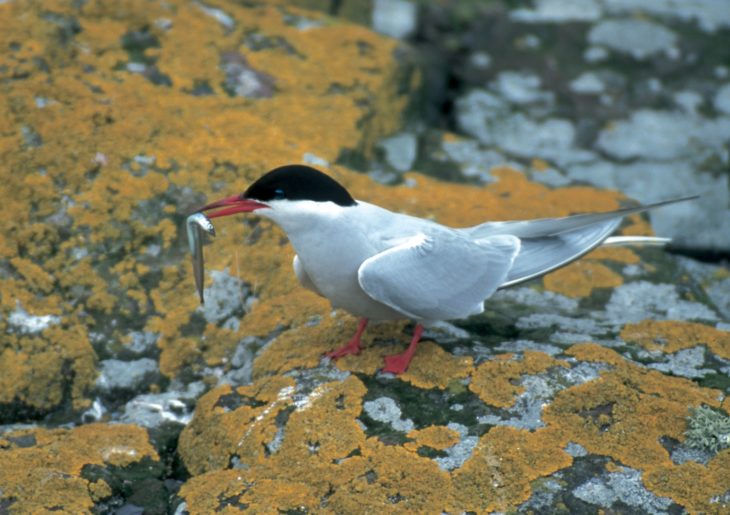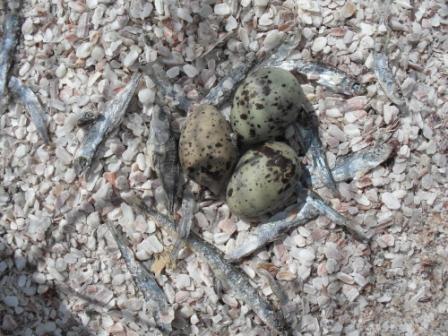A whistle stop tour of our tern raft!
Imagine – it’s 8.30am and you’re walking from your car to your office, bleary eyed and coffee in hand. From nowhere comes a screeching tern from above with a sharp beak. I’m sure you’d agree this wouldn’t be ideal! The poor employees at GlaxoSmithKline in Montrose were being dive bombed by Arctic Terns that were nesting at their factory. The terns were “defending” their chicks from perceived human intruders. Naturally, something had to be done about this for the sake of the terns and employees. So, in response to this we were ecstatic to receive a generous donation of £10,000 from them in a partnership with Scottish Natural Heritage (SNH), the Scottish Wildlife Trust (SWT) and the Angus Council Ranger Service to build our very own tern raft.

The raft (an anchored, floating platform) was created in the hopes that it would be a more hospitable and peaceful place for the terns to raise their chicks and therefore discourage nesting at the factory where there was conflict with the employees. To imitate the tern’s natural nesting sites, the raft was covered in crushed scallop shells and it has raised sides to avoid the little chicks rolling off the side.
This design was a great success and the same day that the raft was deployed a different but similar species of tern known as the Common Tern (Sterna hirundo) took over the raft before the Arctic Terns (Sterna paradisaea) had a chance to! Common and Arctic Terns are very difficult to distinguish so now years on we would assume that both species make use of the raft. The main difference between the species is that the Common Terns return from a migration to the Pacific, Indian or Atlantic Oceans whereas the Arctic Terns return all the way from the Tropic of Capricorn, a very long way indeed.

Around May, the females will lay a small clutch of eggs and after an incubation period of around 3 weeks the chicks will then hatch. These little balls of fluff spend around a month on the raft before they finally fledge and begin their death-defying migrations across the world.

General repairs and maintenance has to be undergone for the upkeep of the raft but it’s definitely worth it to see these beautiful birds. For GlaxoSmithKline, they had to rethink their building materials as it was the substrate on their roofs which was attracting the terns to nest. As nest sites are highly protected through Scottish law they had to wait until all the nests were abandoned to remove the substrate which luckily worked.
In order to monitor the adults and chicks we did have a webcam to keep up to date with the tern raft but this was actually disturbing the nests. Carrion crows were hiding under and behind the camera to then predate on the eggs and chicks which discouraged nesting for a few years. As the camera was our responsibility we took the decision to remove it immediately to leave the terns to nest safely without the threat of crows.
This year over 120 nesting terns are making use of the raft with some chicks yet to hatch. You can pop along to our newly refurbished visitor centre to view our tern raft from our powerful scopes and binoculars to get the best view of the action. We’ll be sure to keep our Facebook, Twitter (@MontroseBasinSWT) and blog accounts updated on any adorable chicks that we spot in the coming weeks.
By Lesley Smith

Help protect Scotland’s wildlife
Our work to save Scotland’s wildlife is made possible thanks to the generosity of our members and supporters.
Join today from just £4 a month to help protect the species you love.
Preface
Imagine – it’s 8.30am and you’re walking from your car to your office, bleary eyed and coffee in hand. From nowhere comes a screeching tern from above with a sharp …
